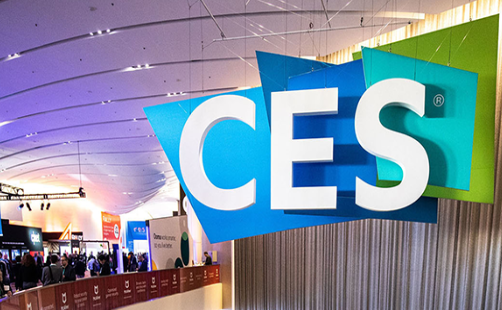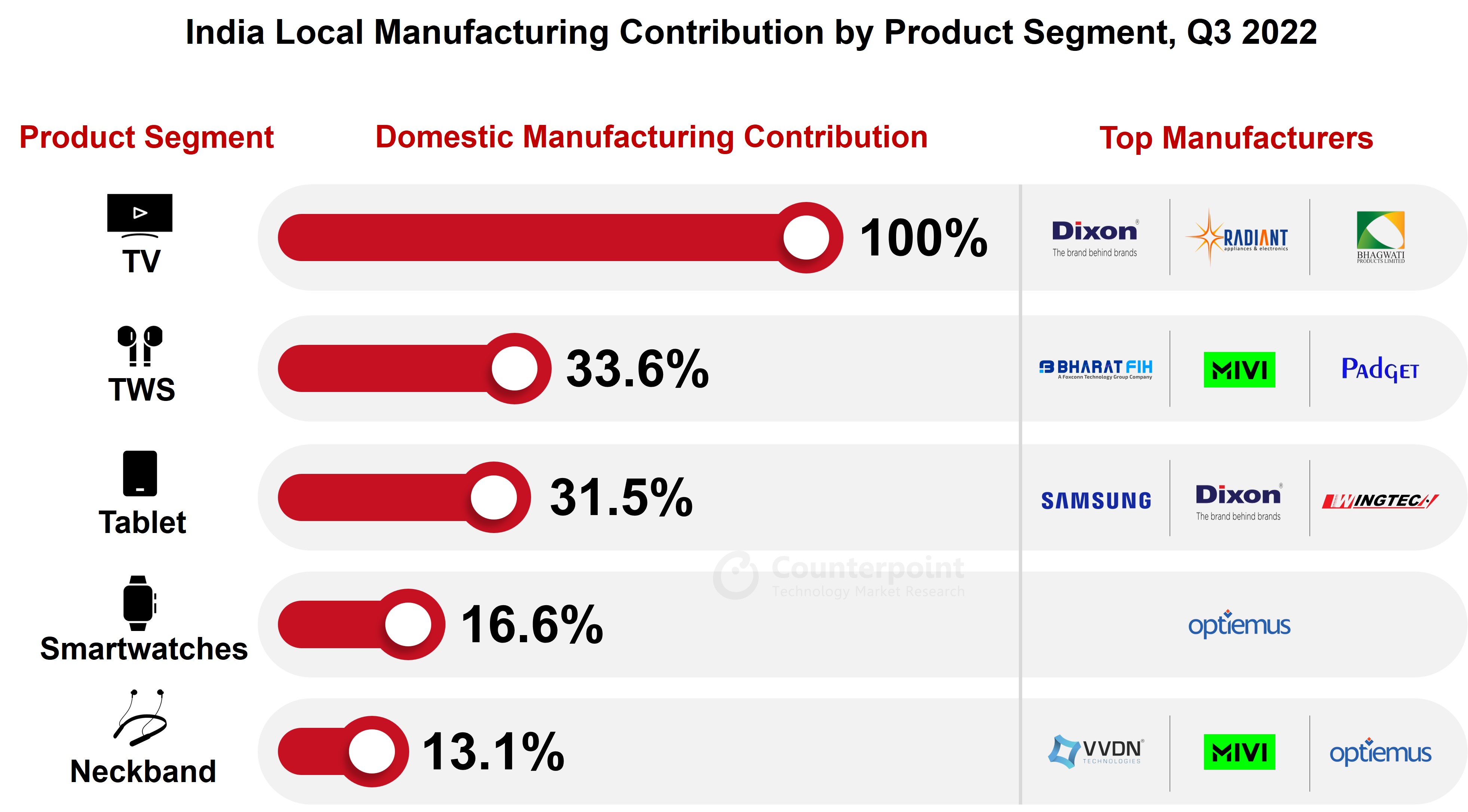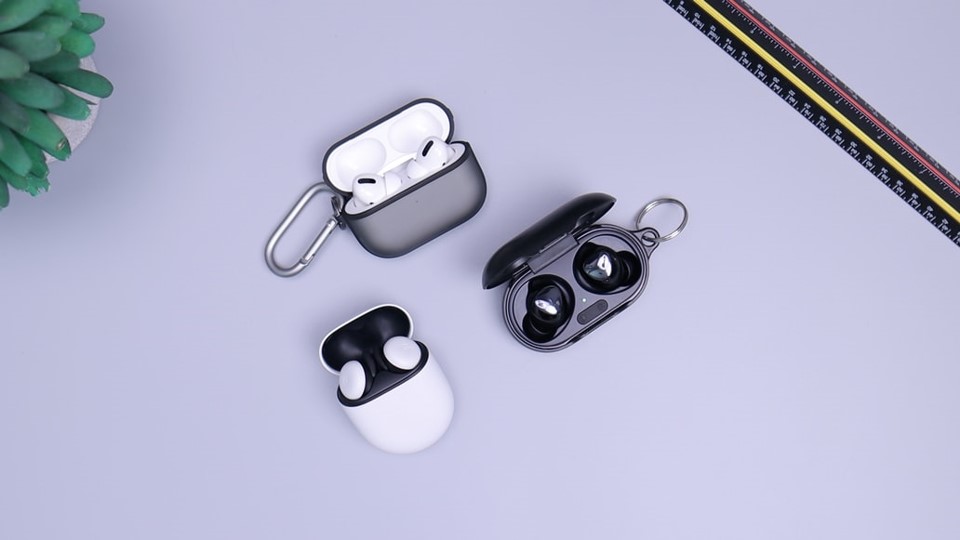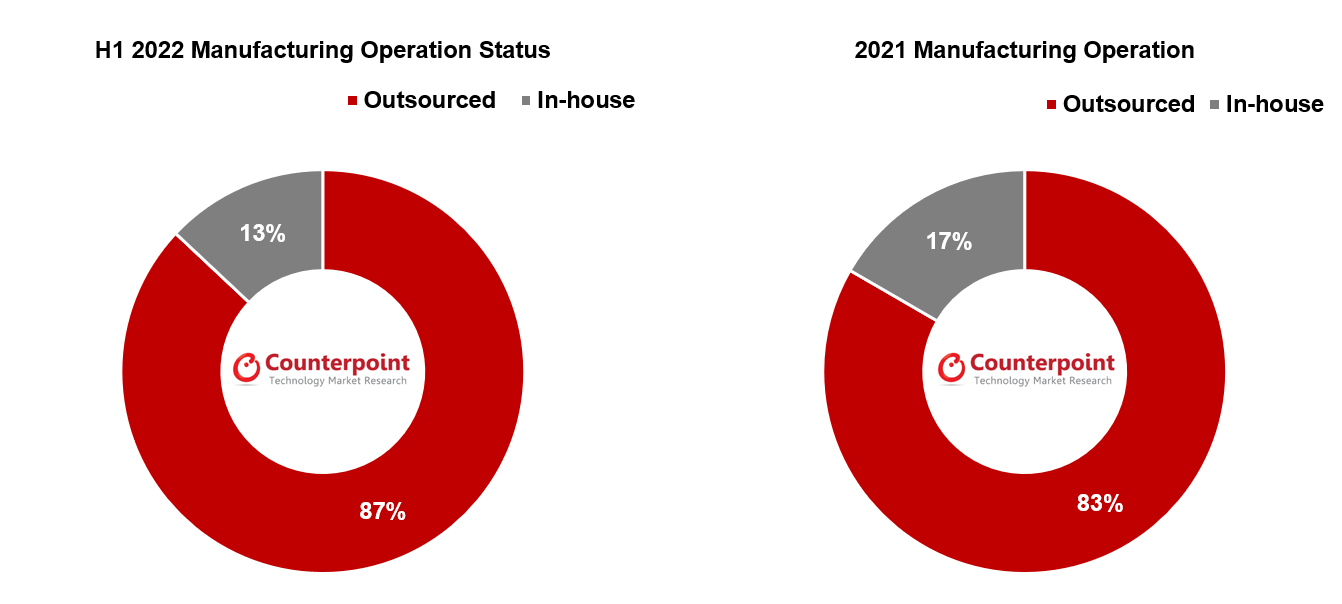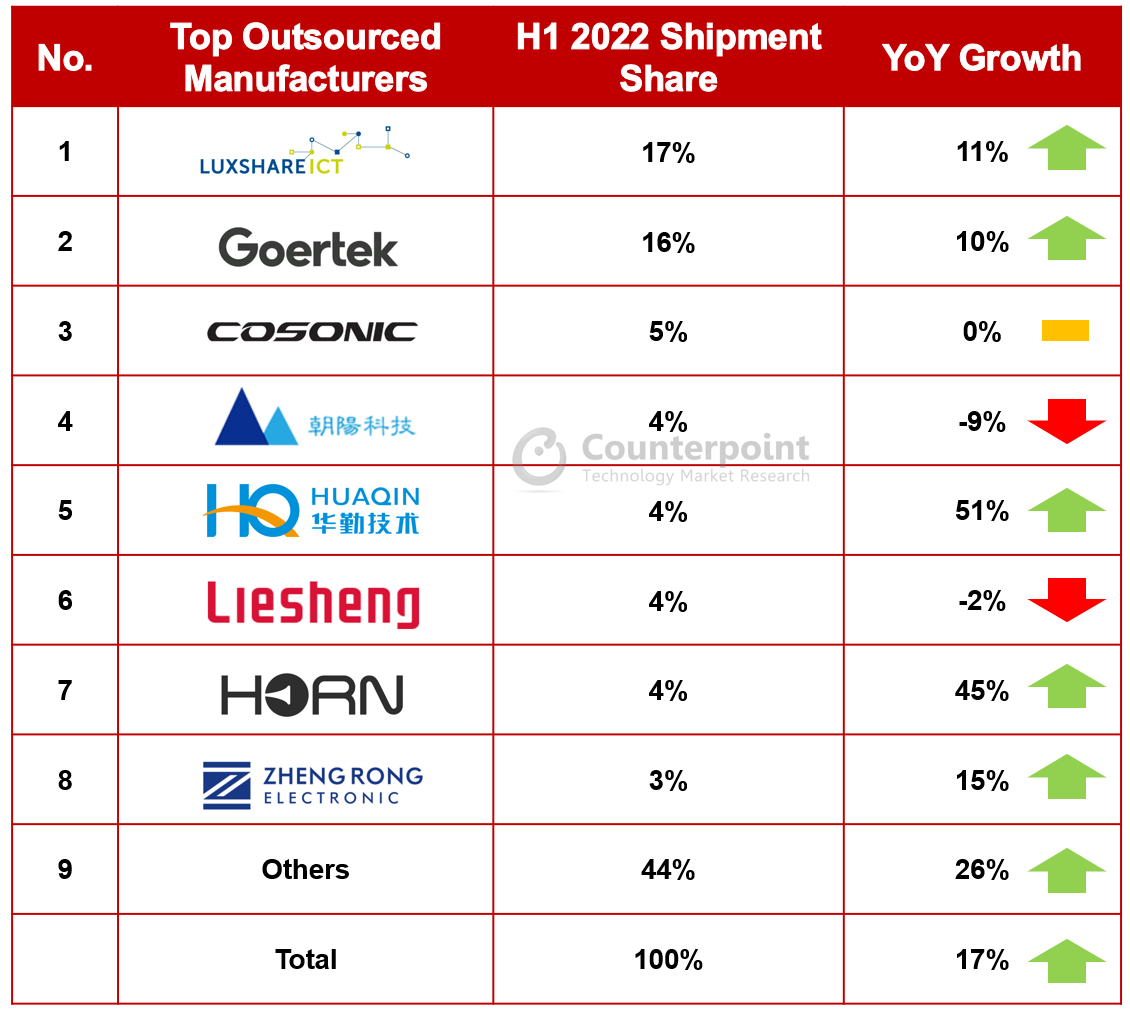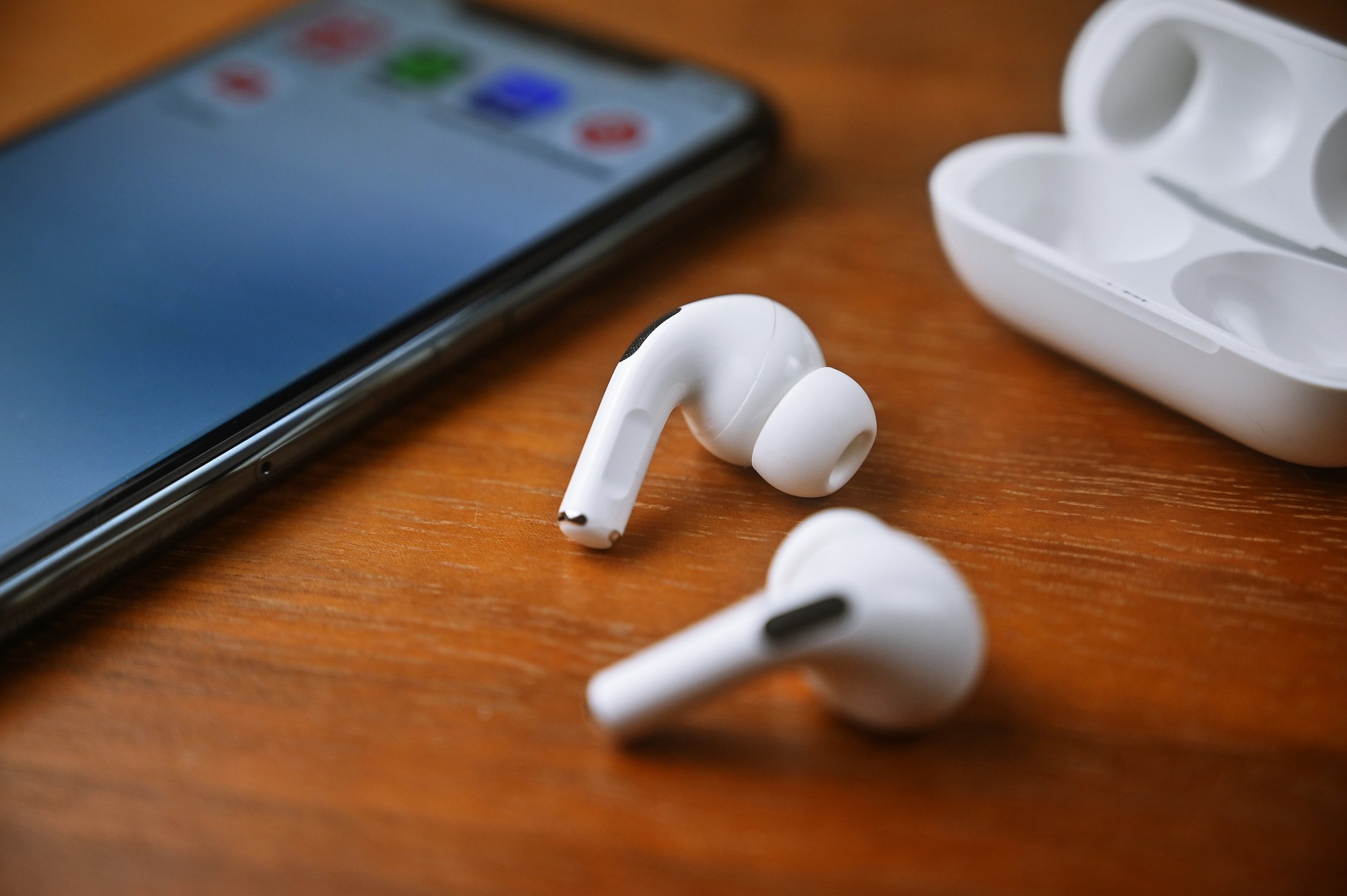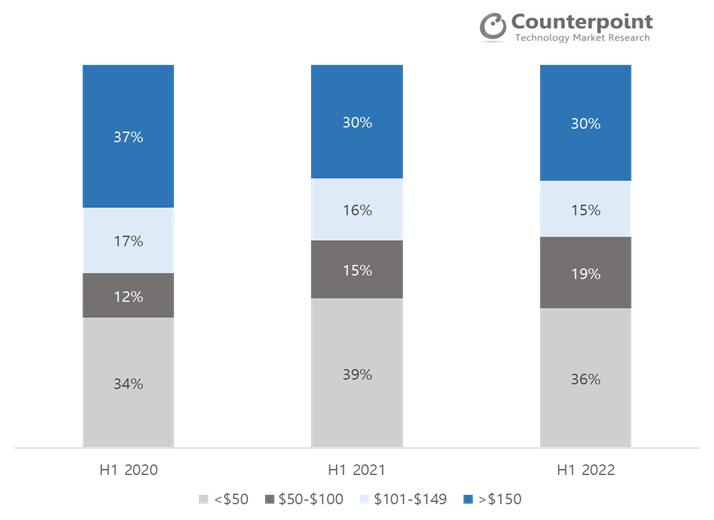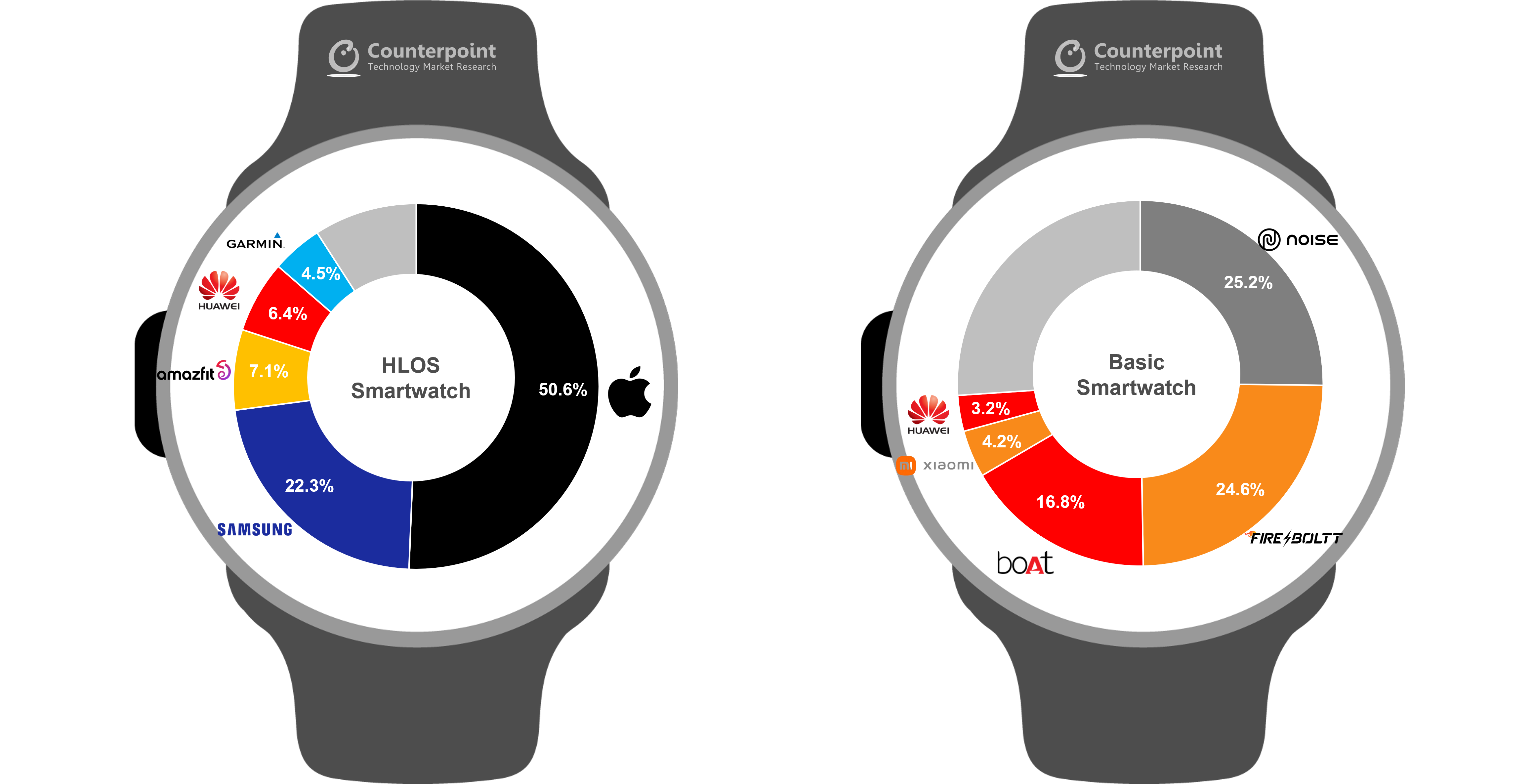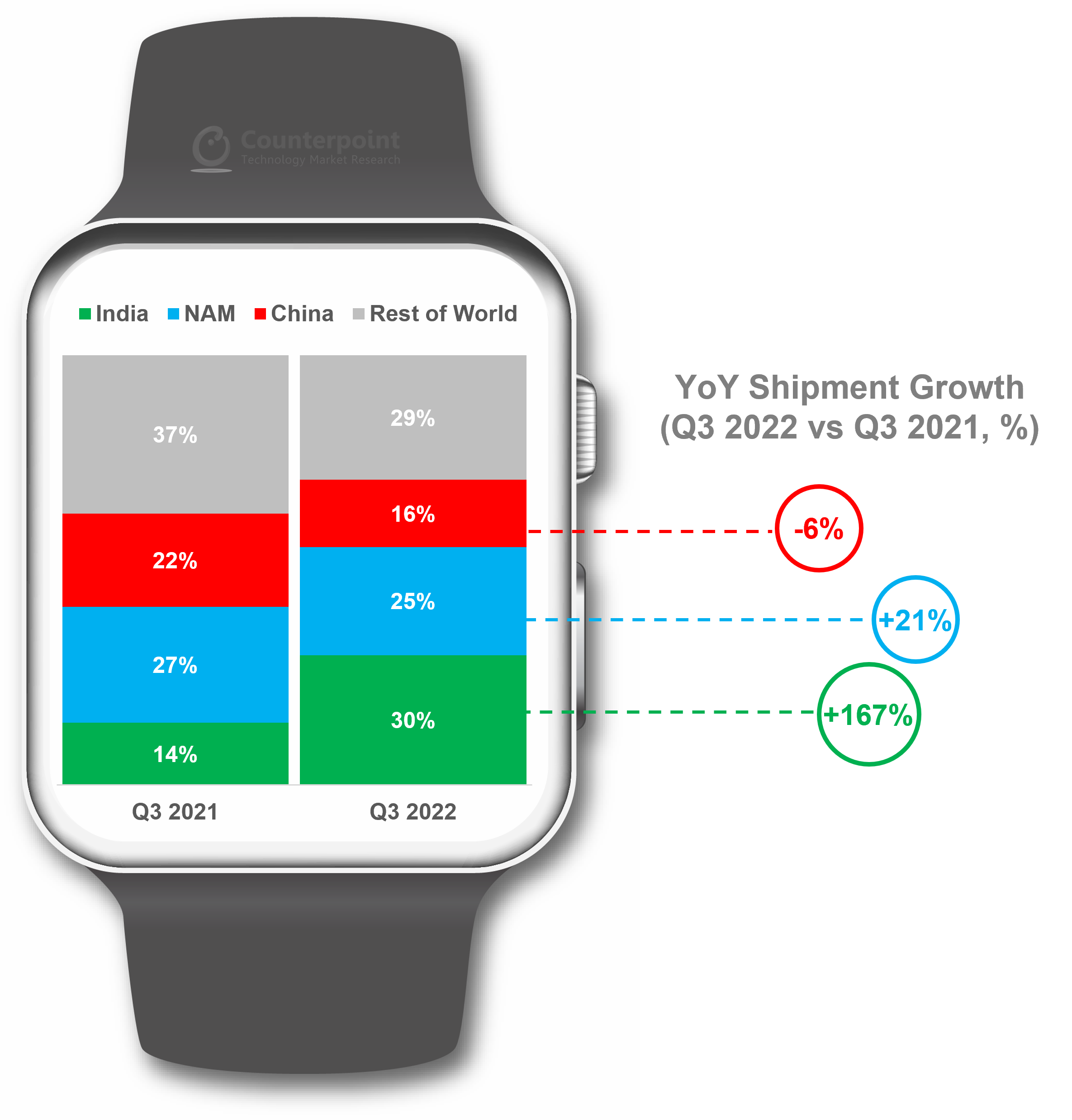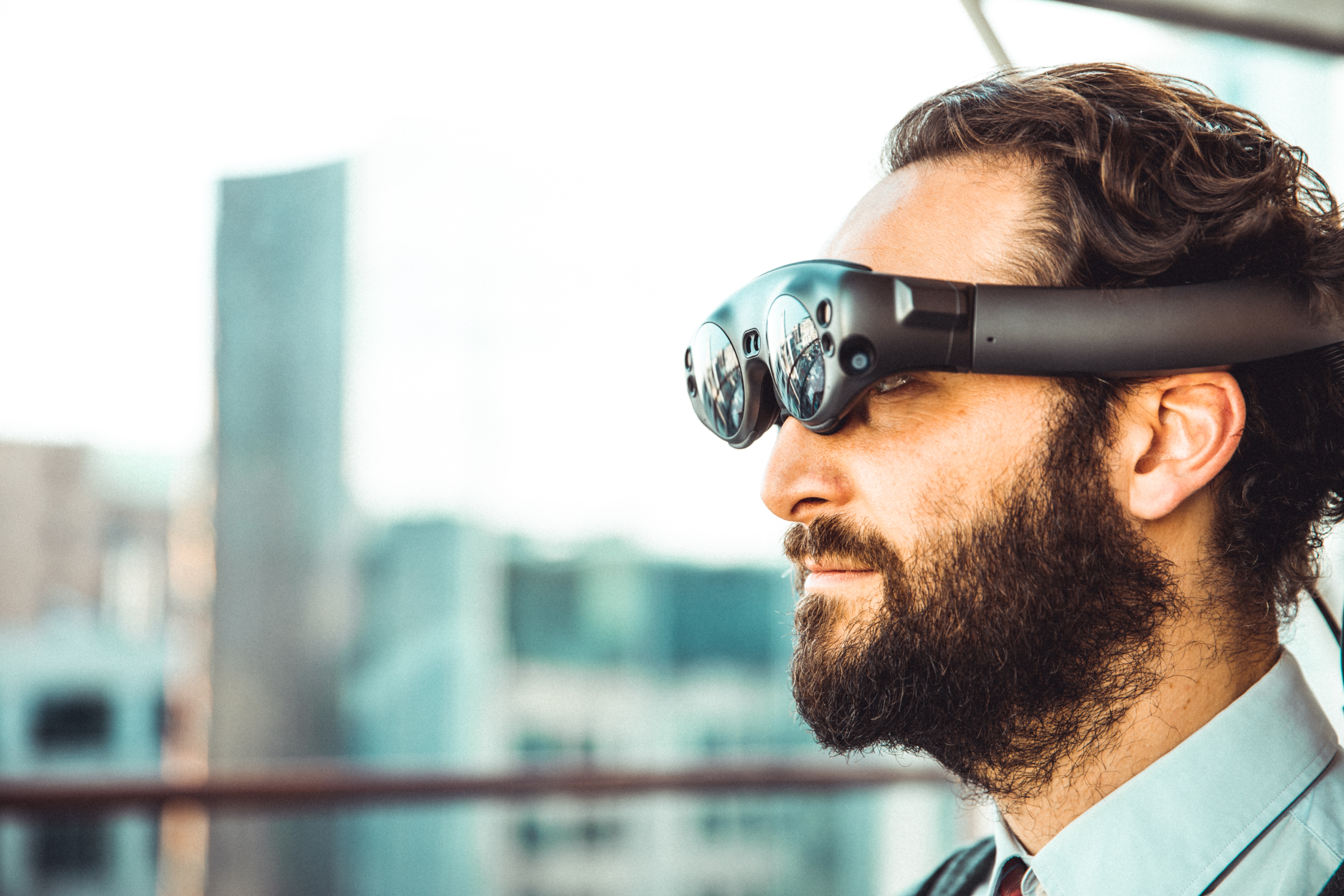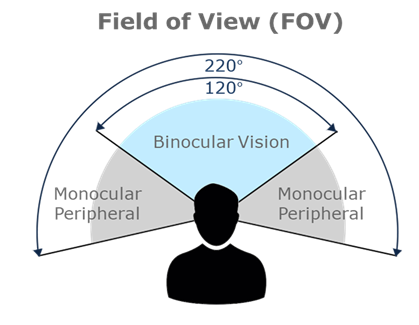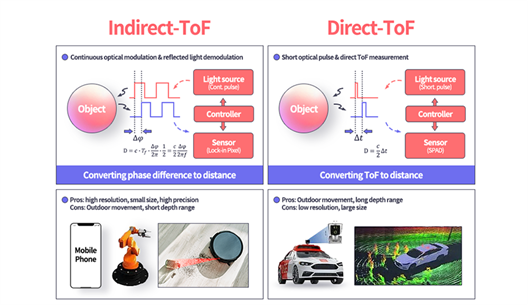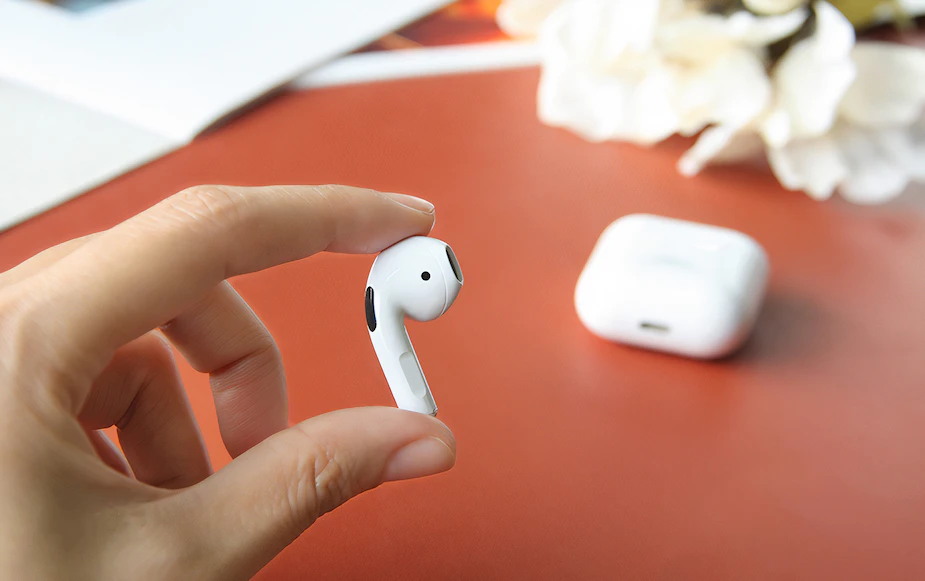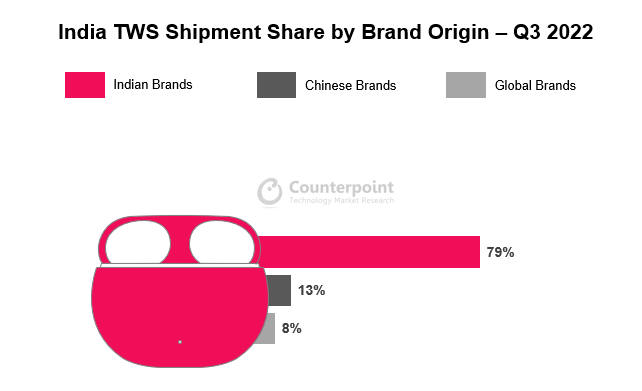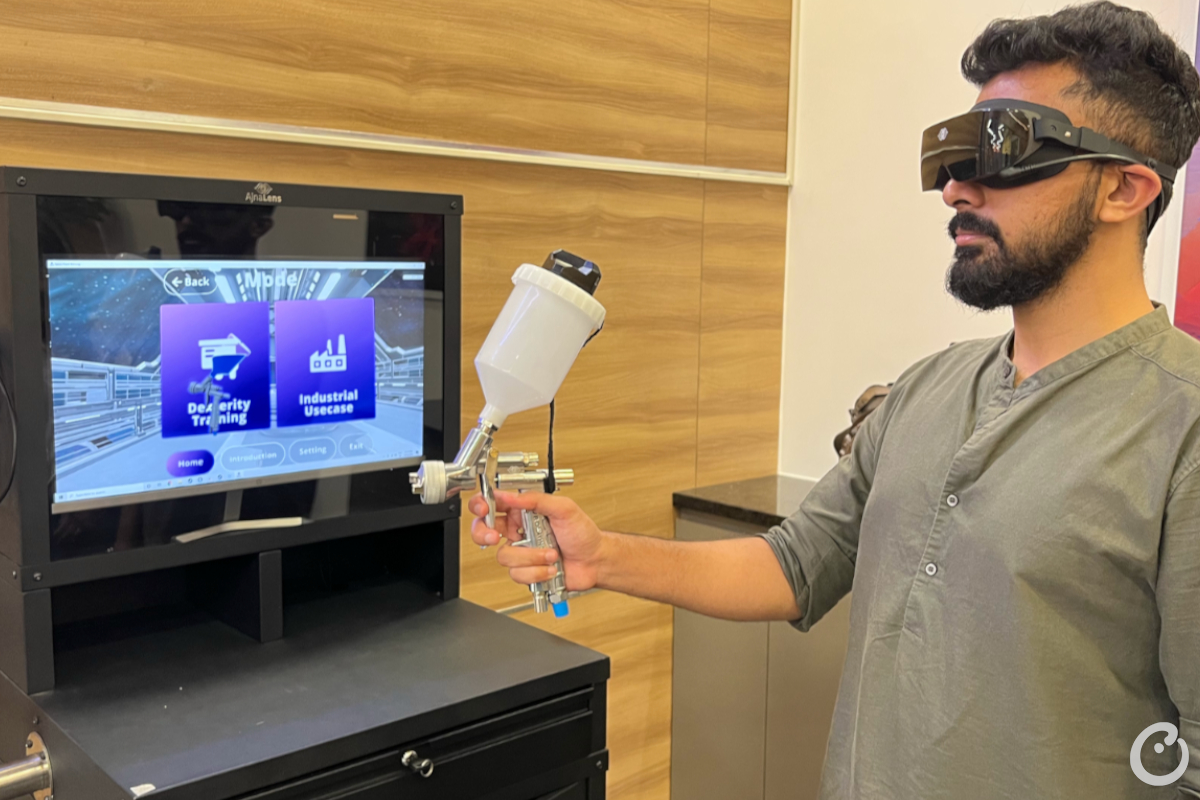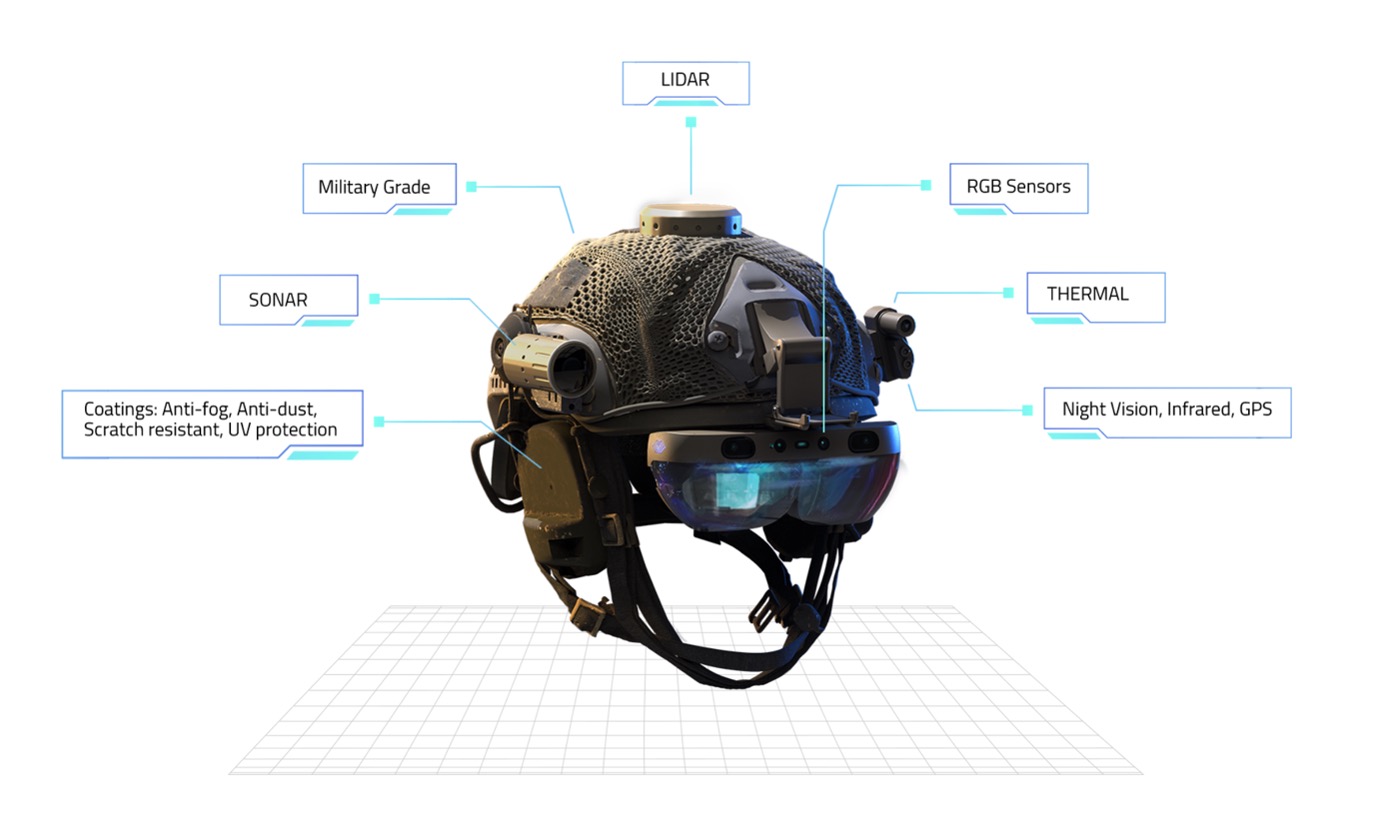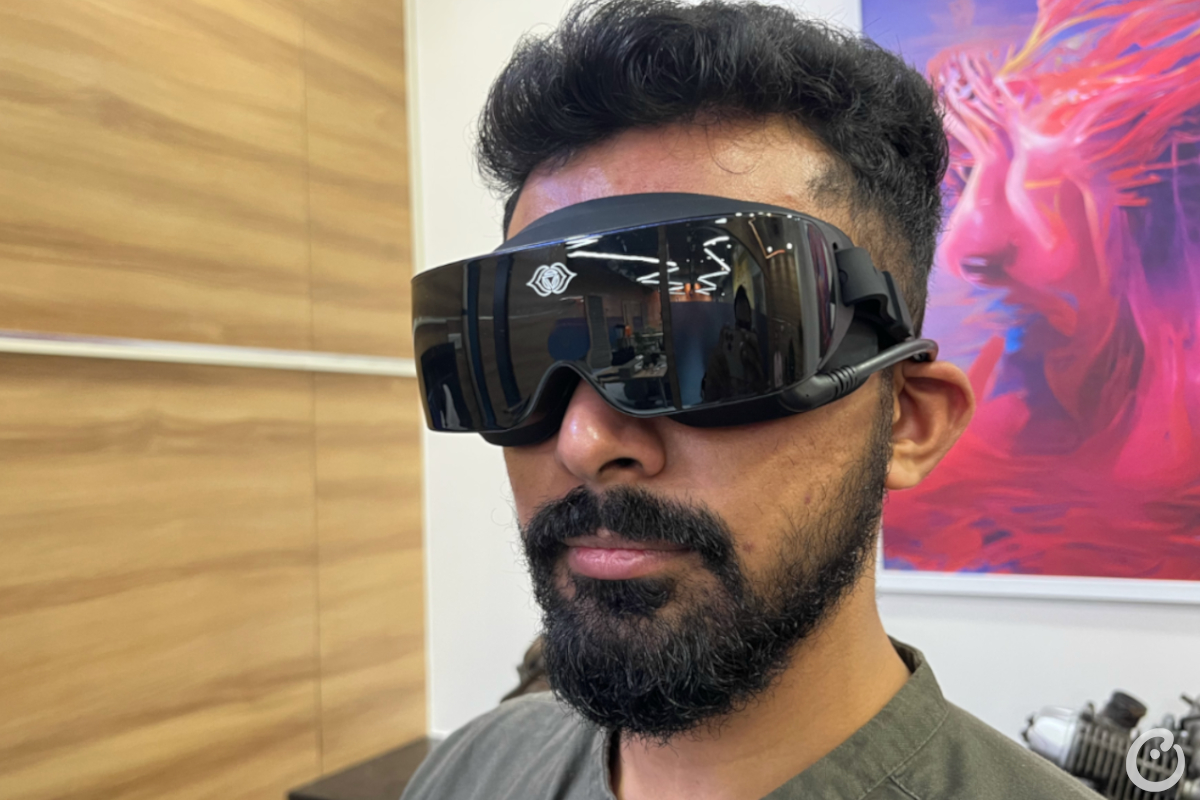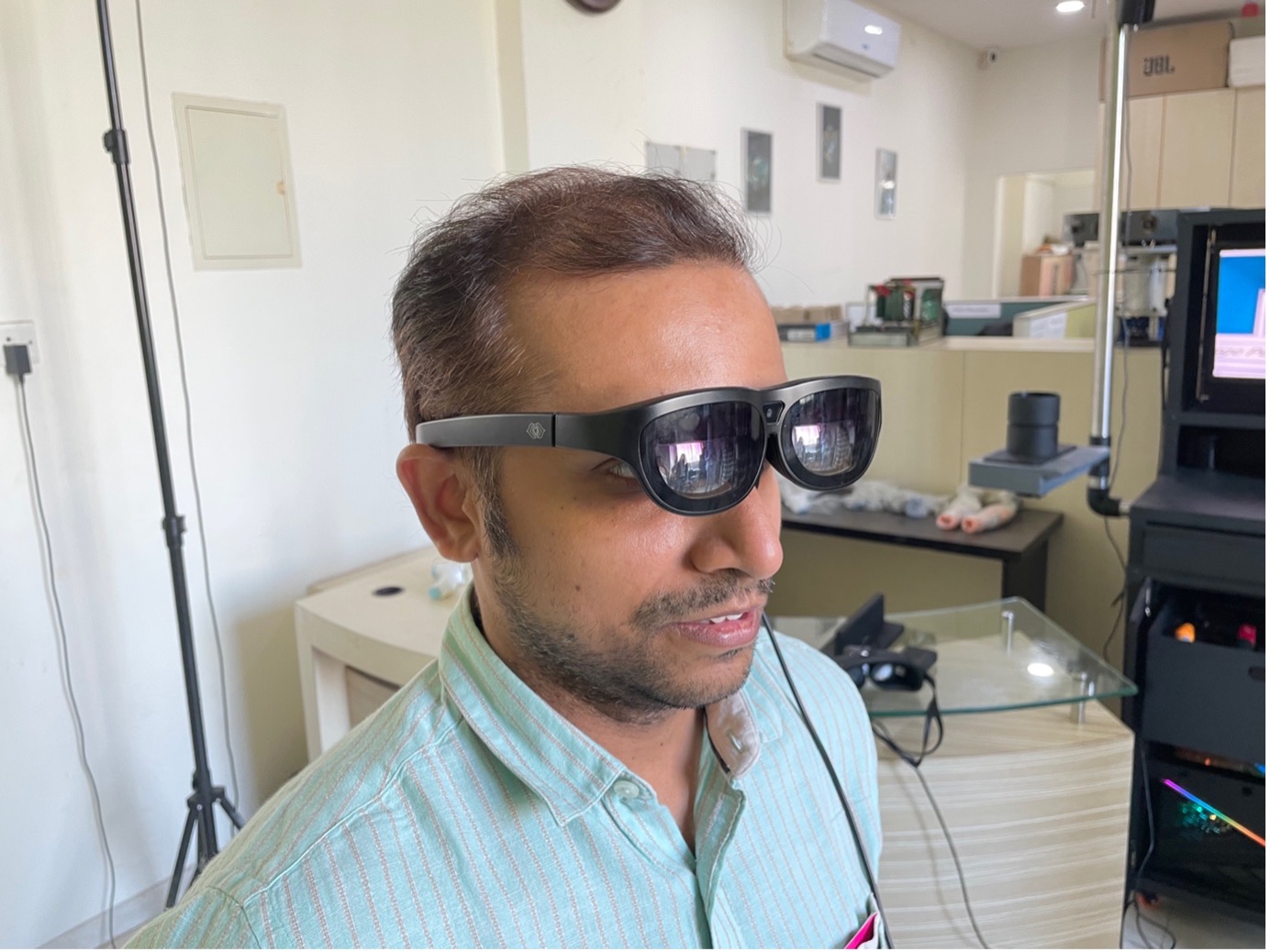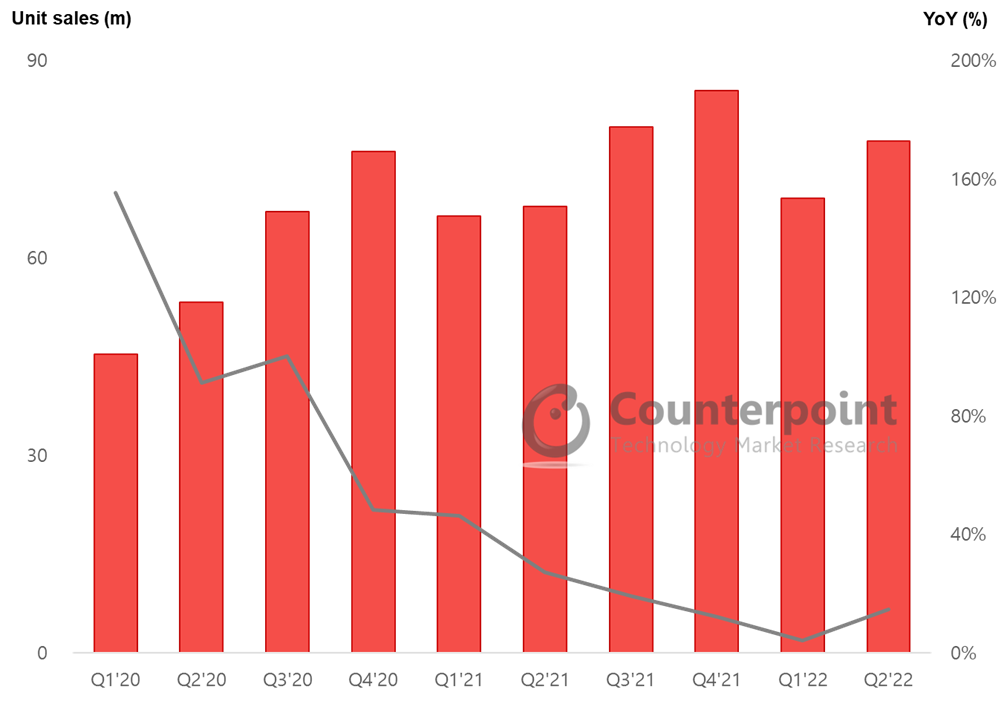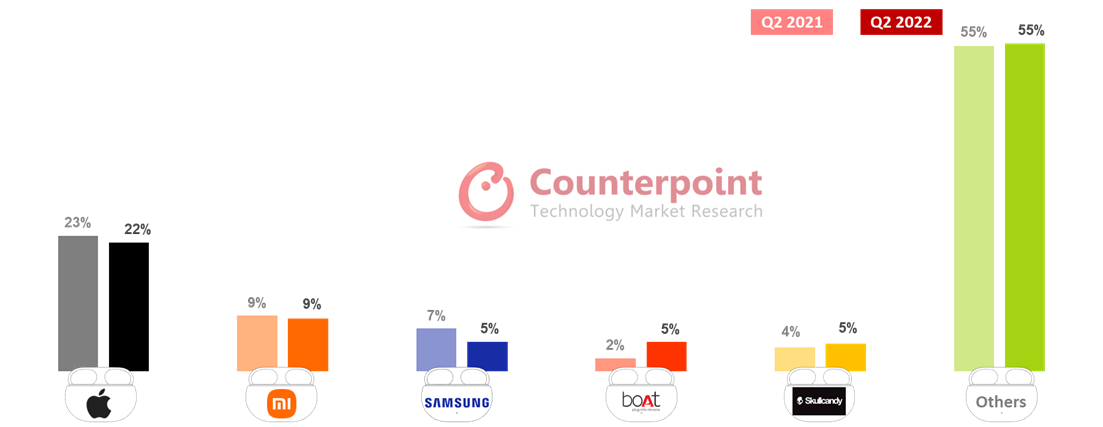- Citizen, Fossil, eBuyNow, and iTouch all announced new smartwatches at CES, with health and wellness taking center stage
- Kids and senior smartwatch market to grow as Xplora enters the US market
- Companies continue to wait for new sensors to monitor blood sugar and blood pressure
At the beginning of this month, companies from around the world gathered in Las Vegas to unveil their most exciting pieces of technology at CES 2023. Everything from laptops to cars to VR glasses was on display and our analysts were at the event tracking the latest and greatest launches from tech companies. One area that we paid particular attention to was smartwatches, which saw several big announcements at the event.
Xplora plans entry into US smartwatch market, announces plans for a senior watch
Xplora is already popular throughout Europe, offering a lineup of differentiated kids watches that appeal to children in the 4-11 age group. The company is hoping that its strong performance in Europe can be replicated in the US when it launches in retail channels there later this year. In the US, most brands currently only offer one kids watch, if any at all. Xplora offers the X6Play, which won a Best of Innovation Award at CES, which is more powerful and has more advanced features, and the XGO3, which is less powerful and less expensive. Xplora is likely to benefit from having more advanced devices for kids at the top of its target age range and simple devices for kids at the bottom of the range. Additionally, service plan prices start at only $9.99/month, a full $5/month cheaper than Verizon or T-Mobile when pre-paying for a year of service, which will appeal to price-savvy consumers. Xplora also announced during CES that it was releasing a watch targeted at seniors. While the US does have some senior watch models available, this market remains immature and underpenetrated. Xplora’s expertise in kids watches should help give it a leg-up on the competition and a head start in addressing this underserved market.
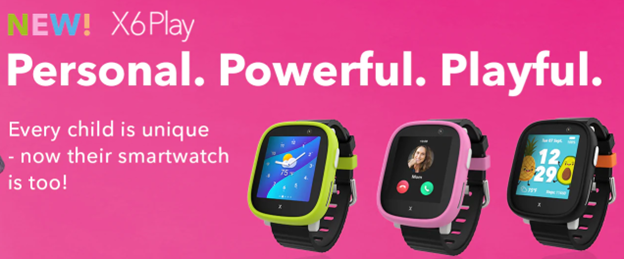
Citizen announces two new smartwatches, moves beyond health and wellness tracking
Japanese heritage watch maker Citizen announced two new smartwatches to replace its current lineup. The Citizen CZ Smart Casual and CZ Smart Sport both feature sleek displays and a wide array of changeable bands, but the true innovation comes in the form of new health and wellness features. While most smartwatches today feature things like sleep tracking, heart rate tracking and even blood oxygen content, the CZ Smart Casual and Smart Sport go beyond health and wellness tracking to health and wellness prediction and intervention. The CZ Smart YouQ App uses tests adapted from NASA’s research to create a profile of user awareness and focus throughout the day. Users can use these profiles to glean insights into moments of peak performance and plan their day accordingly. After the first week, the app can also make recommendations to improve focus and awareness during points in the day when the user is predicted to see a drop.
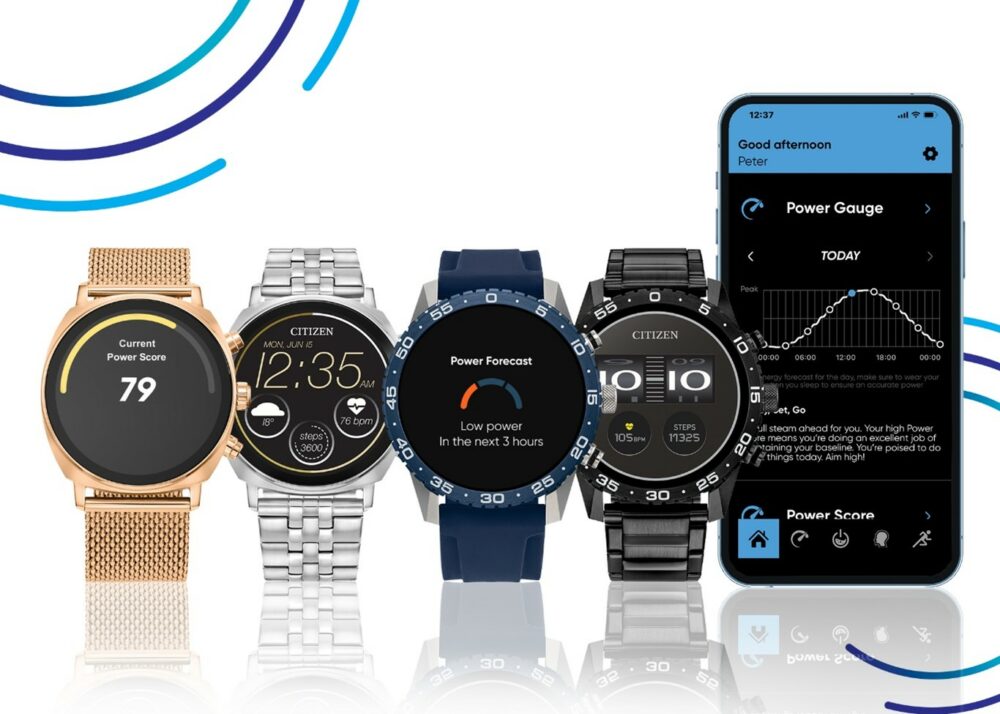
Fossil announces new hybrid smartwatch
Fossil announced a new smartwatch at CES, the Fossil Gen 6 Hybrid Wellness Edition. The major feature of this watch is its E Ink display that shows health and wellness data such as heart rate, blood oxygen content and steps all behind two mechanical arms for analog time-keeping. The E Ink display helps keep power consumption low, with the device’s battery life advertised at two weeks. This is Fossil’s second hybrid smartwatch, and the first to include such in-depth health and wellness features, a clear indication of how health and wellness have become the driving use for smartwatches.
eBuyNow announces four new smartwatches under Motorola name
eBuyNow, the company behind the original Moto Watch, announced at CES that it would launch four new smartwatches under the Motorola name in the coming year. The company focused heavily on the Moto Watch 100, which while not specifically for seniors, is marketed as being the cheapest smartwatch on the market that features fall detection, a key feature for senior watches. In addition to the Moto Watch 100, eBuyNow announced the Moto Watch 70, Moto Watch 150 and Moto Watch 200, all of which are priced below $200.
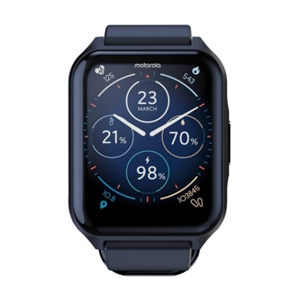
iTouch announces new smartwatch and fitness tracker in partnership with fitness icon Jillian Michaels
iTouch announced that it would be launching its new iTouch Air 4 in partnership with fitness icon Jillian Michaels. The company says the Air 4 features improvements in the accuracy of its fitness tracking while aiming to help users improve their health and well-being without breaking the bank. The devices are expected to launch in the spring of this year through iTouch’s website as well as retail channels in the US. The device will likely cost users around $100.
There are a few things that the smartwatch announcements at CES can tell us about the direction that the smartwatch market is heading in. First, it is clear that health and wellness are the primary use case of smartwatches in 2023. Brands are expanding their health and wellness offerings to devices that did not previously offer them, improving their health tracking features, and even moving beyond health tracking to predictions and suggestions. Second, smartwatches targeting kids and seniors are expanding to the open market. T-Mobile and Verizon have both offered kids and senior watches in the past, but eBuyNow (Motorola) and Xplora are adding competition in open channels. Xplora is especially well-placed to disrupt these underpenetrated markets with its aggressive service prices and the know-how it brings from its success in European markets. Lastly, breakthroughs still are yet to be made in blood sugar tracking and blood pressure monitoring. But these are certainly targets for many OEMs down the line. Both features would significantly improve the usefulness of smartwatches and improve demand.

